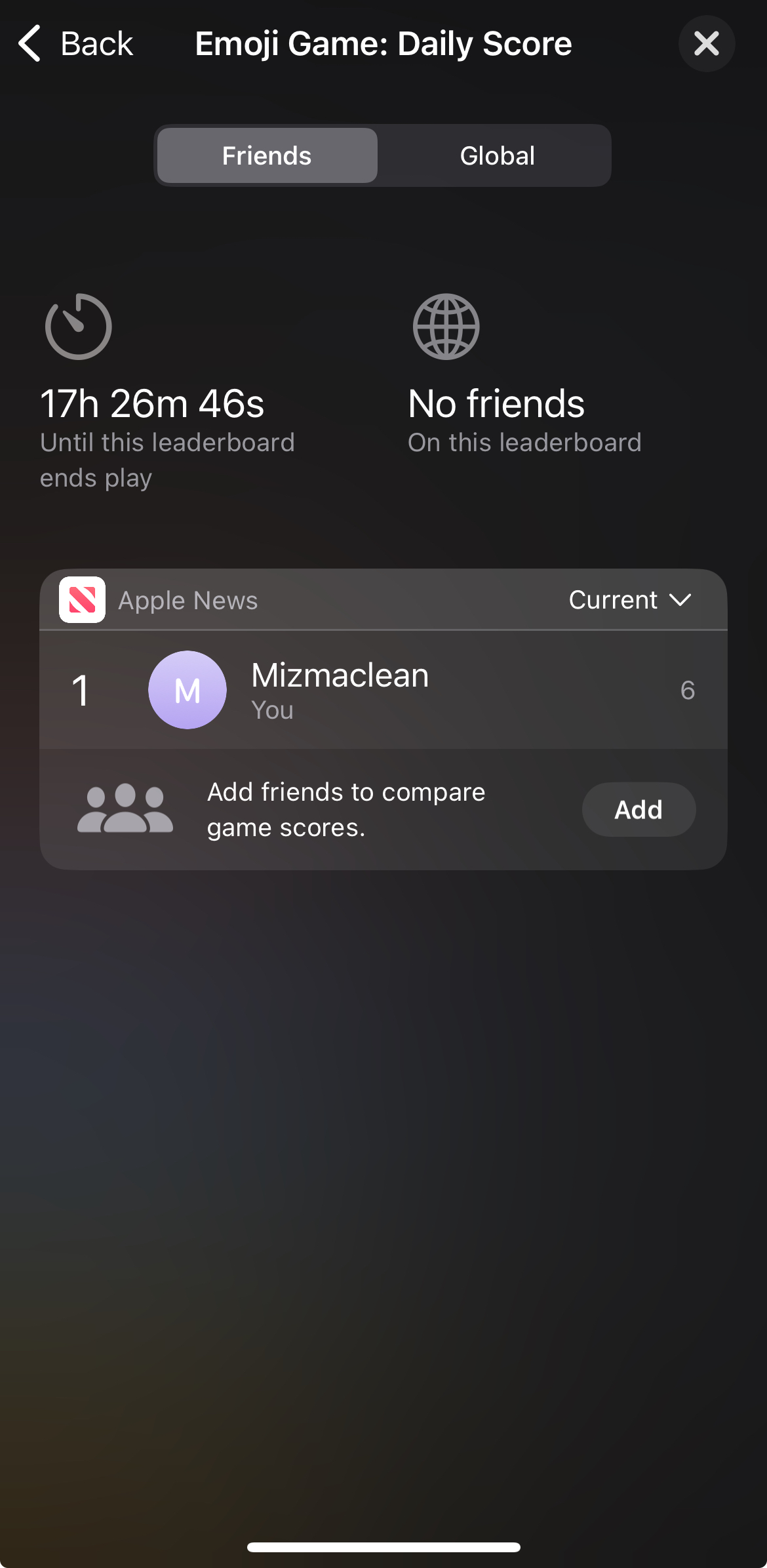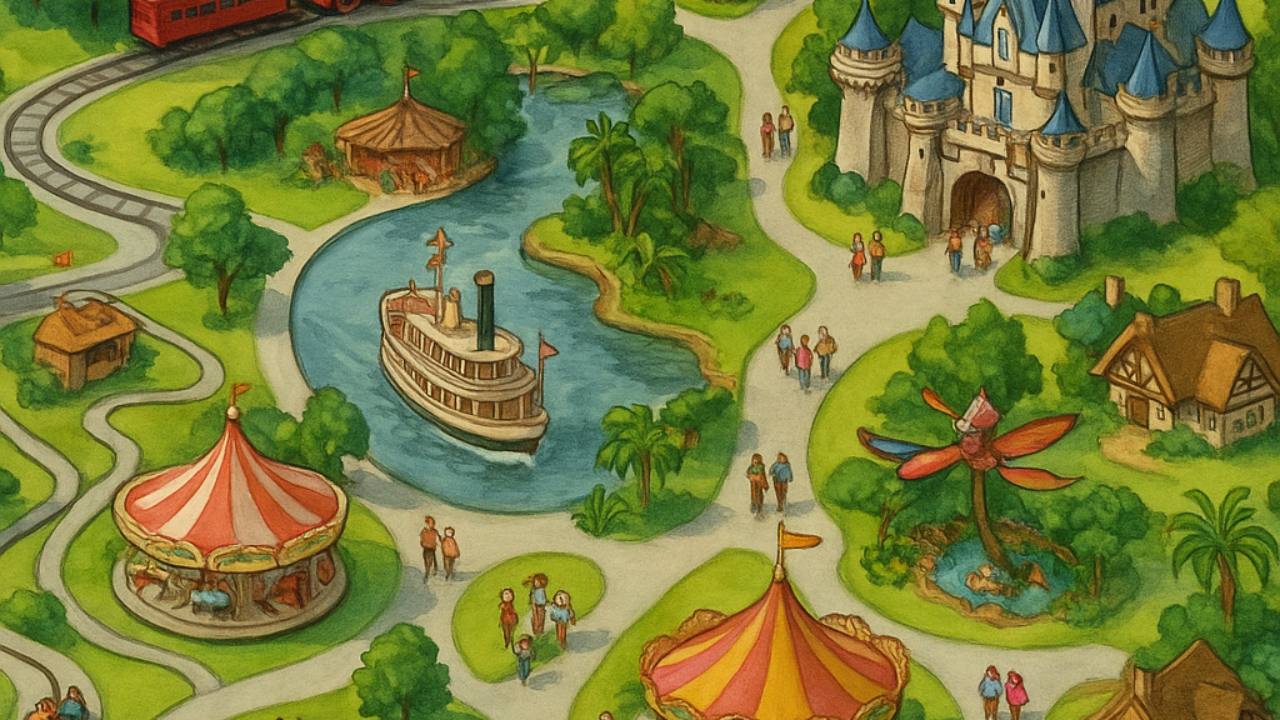Loyalty, not activity
Heads up: I've joined forces with Tyler Cook and Renee Frojo to teach a one-day, hands-on bootcamp teaching folks how to build an audience, newsletter, and community. If you're working on a bright idea, you'll need both attention and retention. Get em both here. 😏
Twenty of us made our way through the crowded, windowless casino. Over the endless barrage of “ding ding ding,” I could hear wisps of hip hop music.
The casino was hosting Hip Hop International, a huge hip hop dance competition, and as my dance crew and I made our way through the halls, we continuously encountered our competition—teams from all over the world practicing in any corner they could squeeze into.
We stopped to watch one. They were good. I felt myself smiling with appreciation the whole time. When the music ended and they hit that last pose, I applauded. “Nice!” I said aloud. I turned around, fully expecting to see my crew feeling the same way… instead, most were gone, save two who’d waited for me—and both looked mildly horrified.
This was, after all, a competition. And I was cheering for the enemy.

I’ve never been a competitive gal. I’m just not one for extrinsic motivation. If something matters to me, I don’t need a trophy, challenges, or leaderboards.
When I started working with businesses on their customer journey, I was also surprised at how often gamification turned up. Do people really care about this stuff?
Mistake one: I confused gamification with competition.
Mistake two: I didn’t realize how much of my daily life was already gamified—closing my Apple rings, chasing streaks in Apple News, checking off habit trackers in Notion.
Gamification was quietly nudging me along all day. And I didn’t even notice.
That’s the real power: when it’s so embedded in the customer experience you forget you’re being motivated at all.
If you’re running a business—whether you sell products, services, or memberships—this isn’t a gimmick. Gamification, done well, increases retention, loyalty, and lifetime value.
It's the "well" part we often get wrong. Because we design it to feel good about ourselves instead of helping people get to where we promised we'd take them.
Why Gamification Works: The Psychology Behind Engagement
Gamification works because it taps into the human brain’s reward systems. When you hit a milestone, protect a streak, or unlock something new, you get a dopamine boost. We've all heard about the dopamine thing a dozen times by now, but that doesn't mean it's not important; that feel good hit is why Hyundai created an app that lets users customize Hyundai cars with almost 300 different zombie-killing modifications. Pew pew.
But the best gamification in customer experience isn’t about addiction—it’s about progress. Clear goals + instant feedback = satisfaction. That’s what puts people into a flow state, where they lose track of time and want to keep going. (or in my case, clear out every poacher camp in Hogwards Legacy).
It also taps into our social wiring. Think Strava segments—you’re part of something bigger, and you want to keep your standing.

I don't mean to brag, but I'm number 6 in Emoji Games 💅🏼
The 8 Core Drives of Gamification (and How They Apply to CX)
Yu-kai Chou’s Octalysis Framework is a go-to in gamification design. Here’s what it looks like in customer experience terms:
-
Epic Meaning & Calling – Be part of a bigger mission. (Patagonia’s Worn Wear program.)
-
Development & Accomplishment – Trackable progress. (Nike Run Club milestones.)
-
Empowerment of Creativity & Feedback – Make something and get input. (Canva’s design challenges.)
-
Ownership & Possession – Customize something that’s yours. (Apple Watch faces, loyalty program tiers.)
-
Social Influence & Relatedness – Status, recognition, and community. (Amex Platinum member perks.)
-
Scarcity & Impatience – Limited-time drops, seasonal offers.
-
Unpredictability & Curiosity – Surprise rewards, mystery bonuses.
-
Loss & Avoidance – Don’t lose your tier, points, or streak.
You don’t need all eight. You do need the ones that match your customer’s motivations—and your business model. Keep it clean.
The Role of Context: Why Copying Gamification Tactics Fails
Gamification only works in the right context.
Duolingo learned this the expensive way:
-
They copied a “moves counter” mechanic from the game Gardenscapes. Problem: Gardenscapes requires strategic moves; Duolingo lessons don’t. The mechanic felt pointless.
-
They modeled a referral program after Uber’s. Uber rides are endless; free ride credits make sense. Duolingo’s most loyal users already had premium access—so free months weren’t valuable to the very people they needed most.
The takeaway: if it doesn’t align with your customer’s behavior and your revenue model, it’s just noise.
User Experience Can Make or Break Your Gamification Strategy
Great gamification in customer experience grows with your customer. It adapts, scales, and never feels like you’re herding them into a funnel.
Common pitfalls:
-
Over-complexity – Too hard to “play” means easy to quit.
-
Over-control – No autonomy = no buy-in.
-
Wrong incentive – If points = volume, you’ll get spam. (Skool’s point-unlocks reward people for posting anything, not posting well.)
All action is not good action. Amazon once gave warehouse workers “points” for skipping breaks—rewarding burnout. That’s not loyalty; that’s exploitation.
Measuring Gamification: What to Track and What to Ignore
If you can’t measure it, you can’t improve it. If you measure the wrong thing, you’ll improve the wrong thing.
Before you launch, decide: are you trying to increase daily active users, retention, referrals, repeat purchases?
Don’t be fooled by cheap wins. An uptick in posts or log-ins means nothing if the quality drops or the wrong people are engaging. Customer attention is the rarest currency. Spend it well.
Gamification Examples for Offline Businesses
You don’t need to run an app to use gamification:
-
Boutique plant shop – “Stem Drive”: prune your plants, bring in stems, earn credit toward new ones.
-
Gym – “Fall for the City” walking challenge, tracked on a giant city map in the lobby.
-
Bookstore – “Read & Review” passport; stamp for every finished book, trade for store credit.
All deepen engagement, create repeat visits, and turn customers into advocates.
Bottom line: Design for Loyalty, Not Just Activity
I would even go as far as to say that you should design for empathy. If every brand I interact with designed their gamification to move me towards my aspirations (instead of data they could put on a chart for their shareholders), I would be a brilliant singer with toned abs and impeccable Italian fluency.
Jokes aside, don't dangle shiny objects. Instead, design experiences that reward the right behaviors for your business. Not bragging rights and certainly not vanity metrics.
Otherwise, it’s just points for points’ sake. And nobody stays loyal for that.
-April
PS: Brandkind opens its virtual doors this week and I want to work with you! If you want to improve retention by finding and fixing every piece of friction for your customer, hit reply.





